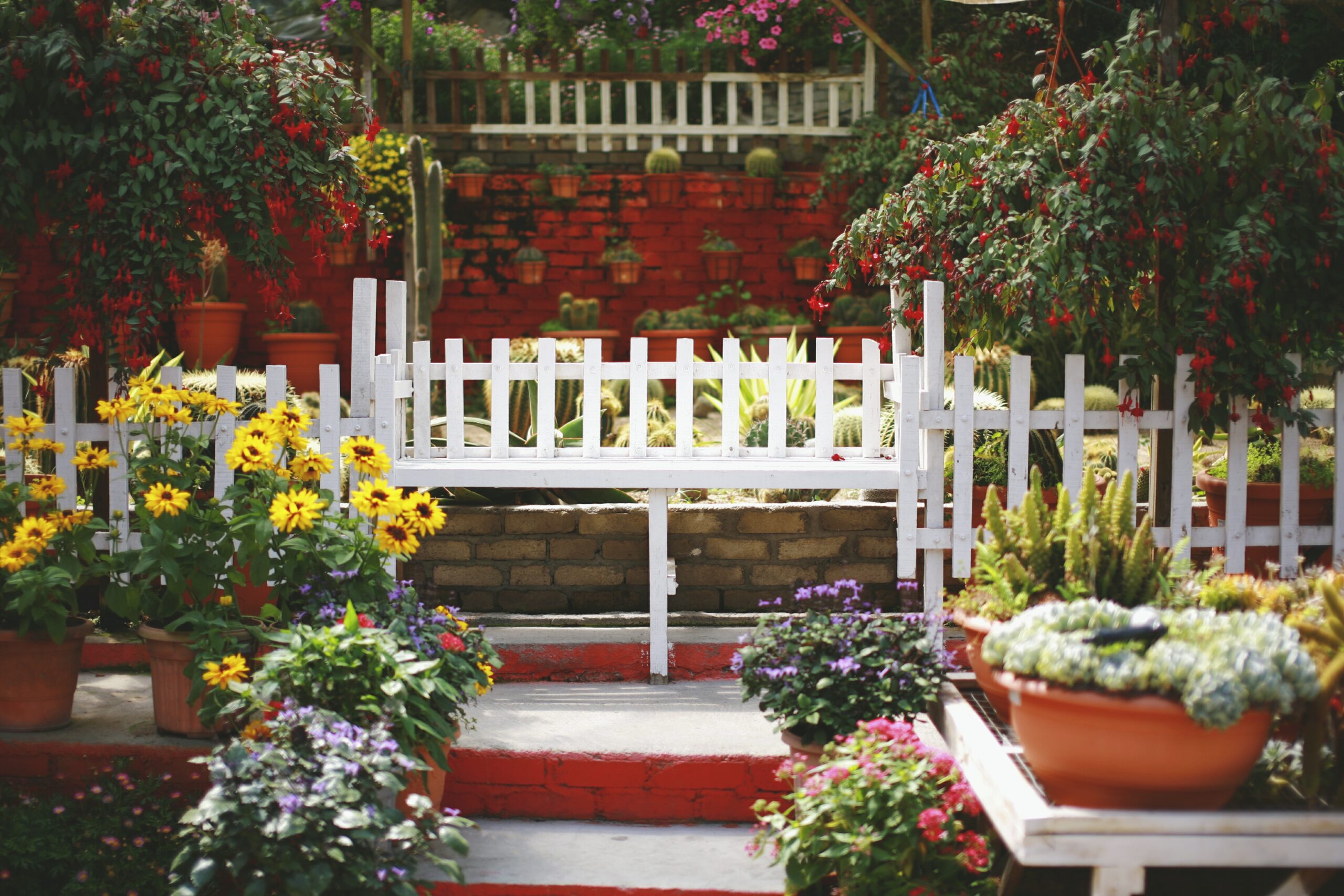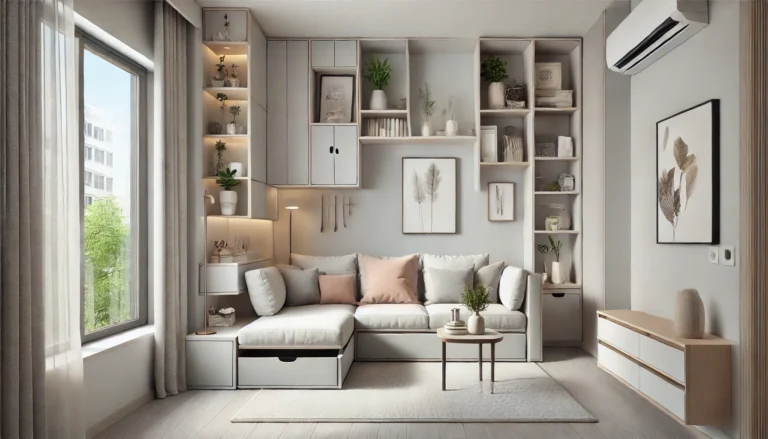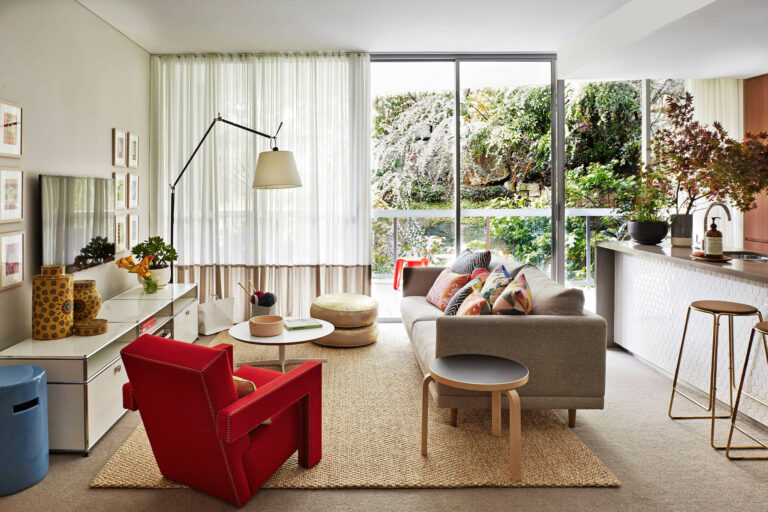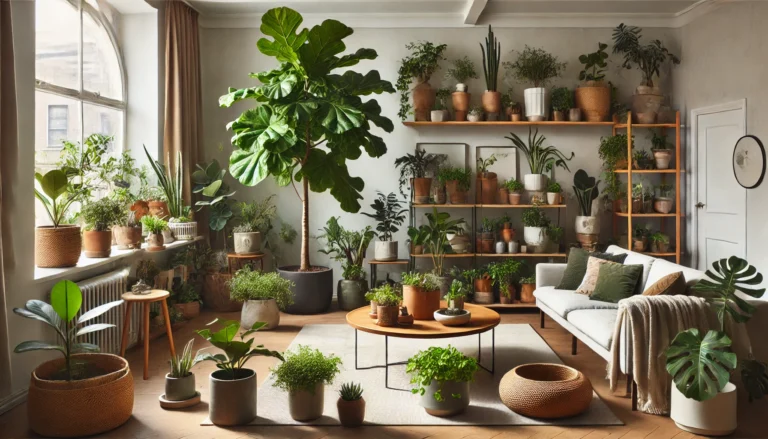Garden Decoration: How to Choose the Right Plants for Your Space
Decorating your garden is a rewarding way to transform your outdoor space into a comfortable and beautiful environment. To ensure that your garden is both aesthetically pleasing and sustainable, choosing the right plants is key. When selecting plants, you need to consider factors such as climate, soil, sunlight, and, of course, the style you want for your garden. In this article, we will explore essential tips to help you choose the ideal plants for your garden, taking these important aspects into account.
1. Understand the Climate and Conditions of Your Garden
Before you start purchasing plants, it’s essential to understand the climate in your region. Plants have different needs when it comes to temperature, humidity, and sunlight, so they must be compatible with the environment they will be growing in.
If you live in a hot region, for example, you’ll need to choose plants that can tolerate heat and drought, such as succulents and cacti. On the other hand, if you live in a cooler, wetter climate, you’ll need to opt for plants that are suited to those conditions, such as hydrangeas or hollies.
Also, observe how much sunlight your garden receives throughout the day. Some areas may be sunny, while others are more shaded. This will directly impact the plant selection. Sun-loving plants like lavender and geraniums need at least 6 hours of direct sunlight daily. On the other hand, shade-loving plants like ferns and begonias thrive in areas with less direct sunlight.
2. Know Your Soil Type
Another important factor in plant selection is the type of soil in your garden. Soil can be classified into various types, including clay, sandy, or loamy, each with its own characteristics, such as water retention, pH, and nutrients.
To test your soil type, you can easily do a simple home test. Take a sample of the soil and observe its texture. If the soil is sticky and clumps together, it’s clay-based. If it’s loose and crumbles easily, it’s sandy. This information will help you choose plants that are best suited to these conditions.
Moreover, check the pH of your soil. Some plants prefer more acidic soils, while others thrive in alkaline soils. Most plants do well in neutral pH, but certain species require specific soil pH levels.
3. Choose Plants Suitable for Your Garden Style
Your garden’s style is another important consideration when selecting plants. Different types of gardens, such as tropical, rustic, or modern, require different plant choices.
Tropical Garden: For this style, choose lush, vibrant plants with large leaves, like palms, bromeliads, and orchids. Bright-colored flowers and large, green foliage are key elements of a tropical garden.
Rustic Garden: A rustic garden calls for plants that exude charm and a natural feel. Lavender, rosemary, daisies, and geraniums are perfect for this style. Fruit trees, such as orange or olive trees, also work well in rustic gardens.
Modern Garden: For a more contemporary look, go for minimalist plants that complement clean lines and symmetry. Succulents, cacti, and neatly pruned shrubs are great options. Modern gardens also benefit from using plants in containers and decorative planters.
Japanese Garden Style: If you’re aiming for a Zen-inspired garden, plants should promote tranquility and reflection. Bamboo, azaleas, moss, and camellias are ideal for this style. Adding stones and water features will complete the peaceful, serene ambiance.
4. Consider the Size of the Plants
Before selecting plants for your garden, keep in mind how large they will grow over time. Planting a large tree near a fence or wall may result in problems later on, such as roots damaging structures or plants growing too large for the space.
Research the average size of the plant when fully grown and choose based on the available space. For smaller gardens, opt for plants with smaller growth habits, such as herbs, compact flowers, or ground covers. These won’t take up too much room while still enhancing the garden’s aesthetic appeal.
5. Think About Maintenance and Care Requirements
Some plants require more care and attention than others, and this can play a crucial role in your selection. If you have limited time for gardening, go for low-maintenance plants that are hardy and require little upkeep, such as succulents, lavender, geraniums, and cacti.
On the other hand, if you love spending time in your garden nurturing plants, you can choose varieties that need more care, such as orchids, roses, or hydrangeas. Remember to check for each plant’s watering needs, pruning requirements, and pest control to ensure you’re making an informed choice.
6. Mix Different Plant Types for Textures and Colors
One of the great joys of gardening is creating diverse, visually interesting landscapes. When choosing plants, consider combining various types, sizes, and shapes to create complementary textures and colors.
Try mixing plants with large and fine leaves, small and large flowers, and contrasting colors. For example, plants with dark green leaves can be paired with vibrant yellow or red flowers for a striking effect. Don’t be afraid to experiment with different combinations to make your garden more dynamic and full of life.
7. Sustainable Gardening Practices
In today’s world, sustainability is a crucial factor when selecting plants. Opting for native plants is a smart choice, as these species are better adapted to your region’s climate, require less water, and help maintain the ecological balance.
Additionally, you can incorporate sustainable practices like composting and planting species that attract pollinators such as bees and butterflies. By choosing plants that support biodiversity, you’ll create an eco-friendly and healthy garden.
Popular Plants in the United States
Here are some plants that are commonly used in American gardens and are easy to find in most local nurseries:
- Lavender: Known for its fragrant flowers, lavender is perfect for sunny spots and requires little maintenance.
- Succulents: These low-maintenance plants are perfect for dry climates and are available in various shapes and sizes.
- Hydrangeas: These are hardy plants that thrive in both sun and shade, producing large, colorful blooms.
- Daylilies: Easy to grow and very resilient, daylilies bloom in a variety of colors and add vibrancy to any garden.
- Hostas: Ideal for shaded areas, hostas have large, attractive foliage and are perfect for adding texture to your garden.
Conclusion: Make Your Garden Truly Yours
Choosing the right plants for your garden is essential for creating a beautiful, functional, and sustainable outdoor space. By understanding the climate, soil, and garden style, as well as considering the size and care needs of plants, you can make informed decisions. Don’t forget to mix different plant types to create an engaging and colorful garden, and consider sustainability practices to help preserve the environment. With the right plants, your garden will not only be a haven of beauty but also a reflection of your personal style.






